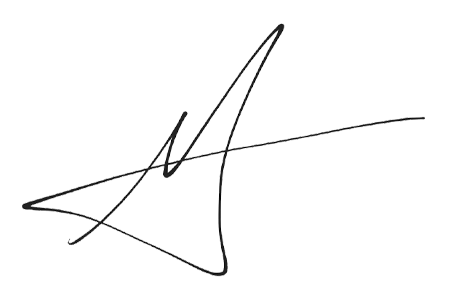Sanctuary as Whole-Person Wellness

Introduction:
Sanctuary as Whole-Person Wellness
Let’s put the most important thing right up front – may this holiday season be what you need it to be, whatever that is for you.
Now you can delete this email, but if you want to know a little more about what Sanctuary and related activities are all about, keep reading.
It is possible that by now that wherever you are in The Wright Center enterprise, you’ve heard a bit about employee wellness, Mental Health First Aid, and Sanctuary. Maybe you’ve even been to a few wellness sessions, perhaps attended the beehive project (if you were in Scranton), engaged in a retreat or bonding activity, or maybe you haven’t, which is also okay. Either way, what we’re working on and now bringing together formally under one umbrella is:

Whole-person wellness is an approach that takes as much of the totality of a patient’s life, sometimes called the exposome, into consideration during diagnosis and treatment. This is meeting people where they are, which sounds simple, but can be very challenging especially if we don’t really even truly know where we are.
And we want to be able to do this with family, friends, employees and colleagues, too.
What does know where we are mean?
It means, at least in part, the ability to understand our emotions and reactivity as well as our thoughts such that eventually, we are able to use them as data, not directives.
Imagine a health care environment with less reactivity.
If that seems big, it is. Health care is so historically bad at this that in the 1980s some psychiatrists in Philadelphia realized that the very place patients were going to seek treatment for their trauma was actually re-traumatizing people due to the traumatization and subsequent reactivity of the care teams. What was intended to be a sanctuary was in fact something of a nightmare for everyone involved. This was the genesis of the Sanctuary model.
With the pandemic and social unrest and, let’s face it, the everyday operations of being a health center, HRSA has recognized that the nation’s health center workforce is struggling with the effects of trauma. It is manifesting in burnout, attrition, challenges in hiring, and patient access.
The thing about trauma is that you can put two people of similar backgrounds, education, and so on in the same situation and one may develop trauma-related health issues while the other does not. Why? The science of trauma is still being explored, but current thought suggests that things like adverse childhood events (ACEs) and neurobiology have big roles to play. In short, you don’t know until you know, and then it may be too late.
So what can we do?
Awareness is a great first step. Awareness of what trauma is, how it can manifest in ourselves and others, and how brief, intentional activities we can do every day both inside ourselves and with others can increase everyone’s capacity to be as fully human as often as possible, even and especially in a health care workplace.
This is what it will mean to go on the Sanctuary journey, and how related training opportunities such as Mental Health First Aid and activities such wellness sessions are working together to support a sense of caring for the whole person within The Wright Center and all of our care delivery and educational partners.
Does it mean we will never have conflict, never say the wrong thing or use a challenging tone, never bristle at someone’s comments, and so on? No, because for better or worse, that is all part of the human condition. What it does mean is that we will have the opportunity to grow our awareness of our humanity every day in a way that also hopefully increases our awareness of the humanity of everyone else, in the fullness of its messes, its beauty, its pain, its love, its life.
Here again is to this holiday season being what we need it to be, whatever that is for us, in the full and messy loveliness of our lives.
Quick Tip
If you are one of the many, many people who feel challenged by the holiday season for any reason, here is a quick, brief activity you can try. Get curious about your sensations and emotions, and try as much as you can to not judge yourself. If you feel sadness creeping in, depression sinking further, stress gnawing at your belly and/or muscles, notice it. Don’t pretend it isn’t there, notice it. Might even say, yes, hello, I feel you. Cry a bit if you need to (let the energy move out of the muscles), and watch the thoughts come up. No one is a bad person because the holidays don’t strike them as joyous, no need to judge. Just notice, and maybe wonder where that is all coming from. The expectations of others? A bad experience? Whatever it is, it is, no judgment. No dwelling either. Just noticing and maybe, just maybe, even a little bit, over and over (and maybe over and over and over), breathing a little easier one moment at a time.
Thank you,

Meaghan P. Ruddy, Ph.D.
Senior Vice President
Academic Affairs, Enterprise Assessment and Advancement,
and Chief Research and Development Officer
The Wright Center for Graduate Medical Education









